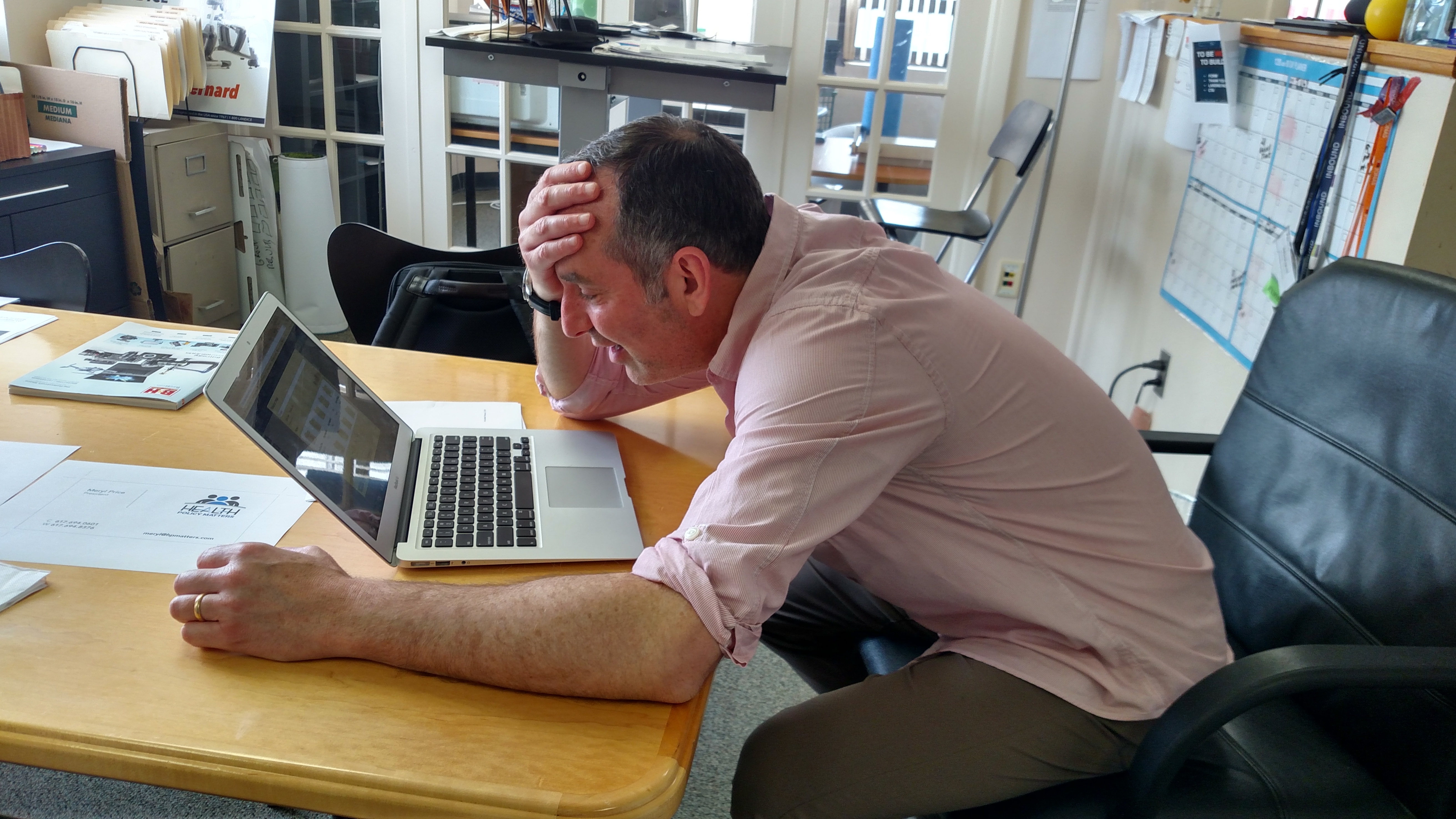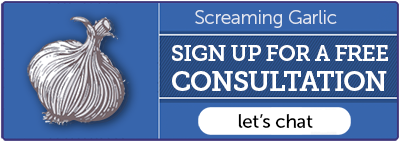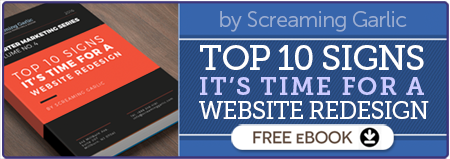WordPress is one of the most powerful and widely used platforms on the internet. In fact 1 out of 4 websites are built using WordPress. But, we can guarantee there are some key mistakes being made that affect the way your site is set up and ultimately how you market your business.
Whether you built your site on a WordPress platform yourself or you hired a marketing company to do it for you, every level of expert makes some mistakes that affect your SEO. The good news is they are easy to fix.
Here are 5 common mistakes many developers make. Stay tuned to Part 2 of this series, where we'll present the remainder of these typical oversights.
1. Bet you didn't set your time zone correctly
Whenever you have a new WordPress website, one of the most overlooked options is selecting your time zone under Settings > General.

Why is this important? If you ever set your site to schedule posts to publish at a certain time, you’ll have a rude awakening when you find your article wasn’t published at the right time.
2. Google analytic goals were not set
Measuring your results is how you tell whether your SEO was successful or a failure. You could increase organic traffic to 10 million pageviews a month, but if those visitors don’t buy your products, invest in your service, or perform actions that make you money, you’re going to be in trouble.
Whenever anybody performs an action that leads to revenue, like joining an email list or becoming a customer, redirect them to a congratulations page (yourwebsite.com/congratulations). You can then use Google Analytics goals to measure how many people landed on those pages as well as how many of those visitors came from organic search.
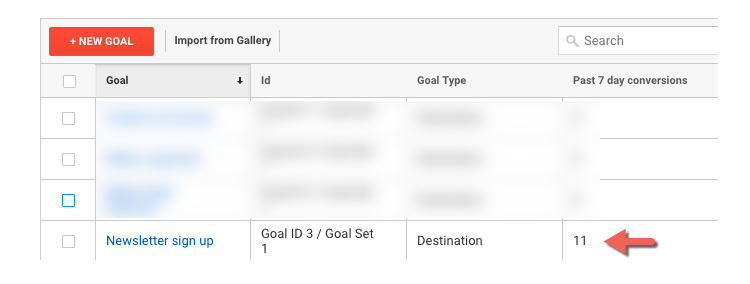
Now you have a way to measure the conversion of your organic traffic. That means you can make the changes necessary to improve your bottom line.

3. You forgot the open graph social meta data
Although social signals don’t have a big impact on ranking, there’s no debate that social media can help bring people to your website. So you want as many people to click on your content as possible.
That means making your content look its best when it’s shared on social networks. So you need to make sure you have open graph data activated for Facebook and Twitter Cards activated for Twitter.
The Yoast SEO plugin can do all of this for you with the click of a couple buttons.
To enable open graph data for Facebook, simply Enable it in the Yoast settings.
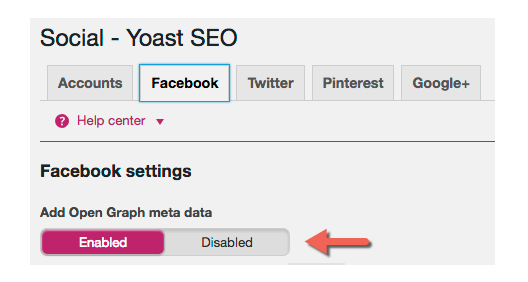
Then you can tell Facebook which image to draw from when the article is shared there.
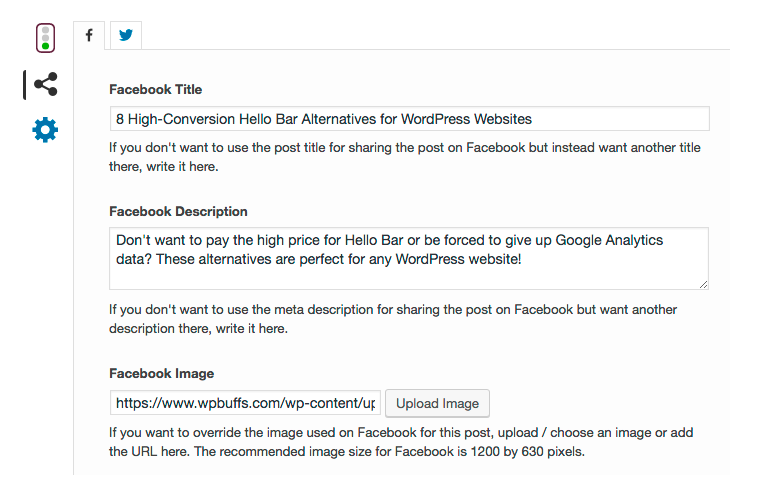
You can also activate Twitter cards in the Yoast settings.
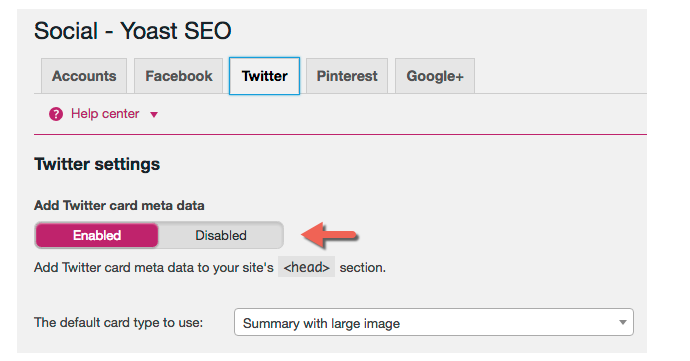
With this activated, when people tweet links on your website, they’ll appear with a full preview like seen below.
4. Create and submit your XML site map - oops!
An XML sitemap is pretty much a big list of every post, page, and piece of media on your website. It’s what you submit to Google through the Search Console to tell them everything on your site you want indexed.
You can create your sitemap using the Yoast SEO plugin as well, under SEO > XML Sitemaps. Just make sure you’ve enabled it, and you can view your sitemap using the link below.
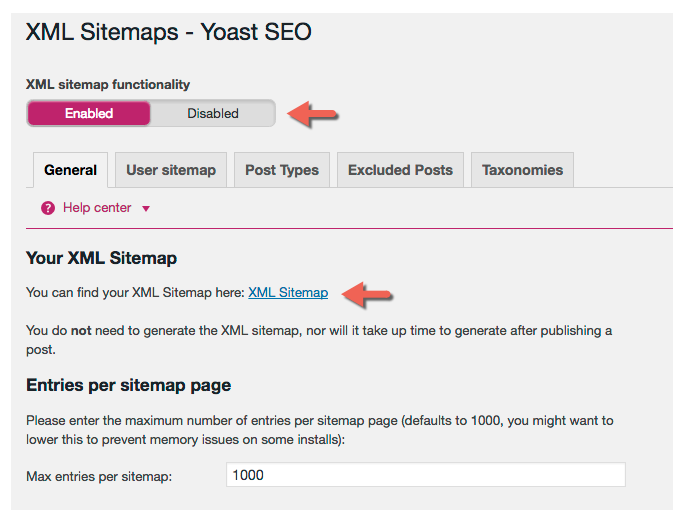
Lastly, you’ll want to submit this sitemap to Google Search Console.
5. You didn't set your Permalinks
Google loves to give people content that’s user-friendly. That means even your permalinks are going to play a small part in how your pages rank (and in their click-through rate).
Under Settings > Permalinks, always be sure to select an option where the permalink will include some of the keywords included in the post (usually in the H1 tag). The easiest way to do this is to simply select Post name and call it a day.
Including the day or month in your permalinks may be important to how Google views your website, so you may want to consider using Day and name or Month and name if that’s the case.
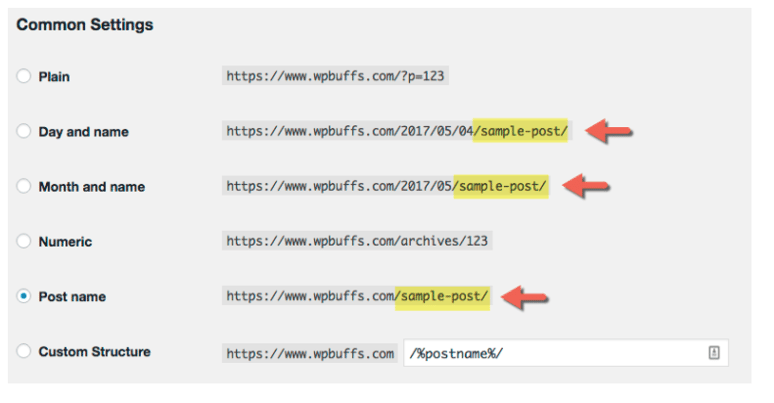
Stay tuned until next week where we'll provide some more common mistakes and the fixes for them.

